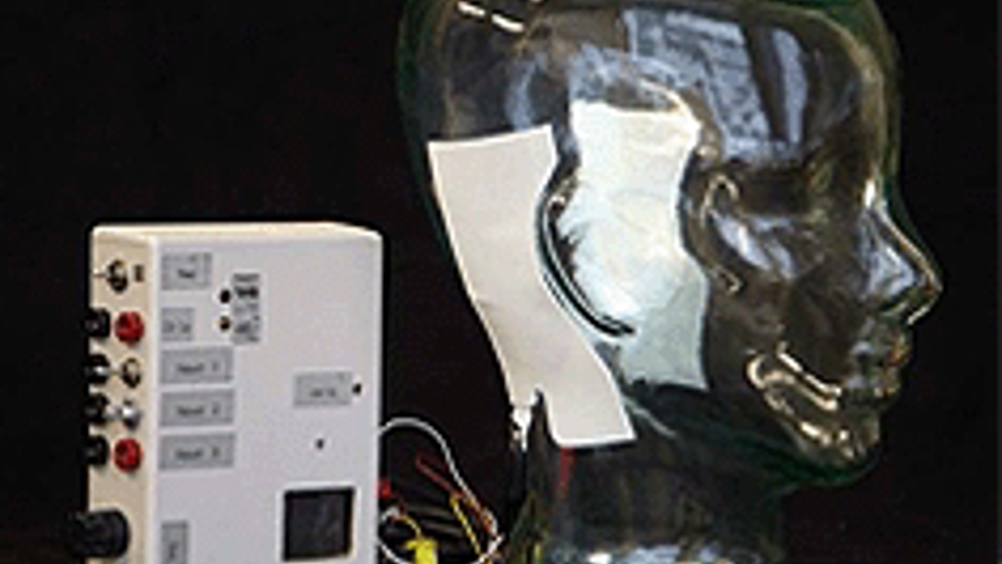Tool induces sensory disturbances for astronauts
A simulation tool developed in the US looks set to give astronauts a realistic idea of the sensory effects experienced when re-entering Earth’s gravity.

Dr Steven Moore led a research group that has developed a galvanic vestibular stimulation (GVS) system that induces sensory and mobility disturbances commonly experienced by astronauts.
When returning to gravity, these disturbances could affect an astronaut’s vision and neurological function, impacting the ability to land a spacecraft. Once on the ground, astronauts often have trouble keeping their balance and walking.
‘You can train for spaceflight tasks under normal conditions on Earth, but that will not give you an indication of what an astronaut will feel like,’ said Moore, a member of the US National Space Biomedical Research Institute’s (NSBRI) Sensorimotor Adaptation Team. ‘The GVS system will make mission simulations more realistic. This will be quite useful for astronaut training, especially for astronauts that have not flown before.’
The system developed by Moore, who is an associate professor of neurology at Mount Sinai School of Medicine in New York, uses electrodes placed behind the ear to deliver small amounts of electricity to the vestibular nerve, which then sends the signals to the brain, resulting in sensorimotor disturbances.
Register now to continue reading
Thanks for visiting The Engineer. You’ve now reached your monthly limit of news stories. Register for free to unlock unlimited access to all of our news coverage, as well as premium content including opinion, in-depth features and special reports.
Benefits of registering
-
In-depth insights and coverage of key emerging trends
-
Unrestricted access to special reports throughout the year
-
Daily technology news delivered straight to your inbox










Breaking the 15MW Barrier with Next-Gen Wind Turbines
The key point s that wind power is intermittent. There is a lot of crowing when it is the main source of power generation but things fall silent when...